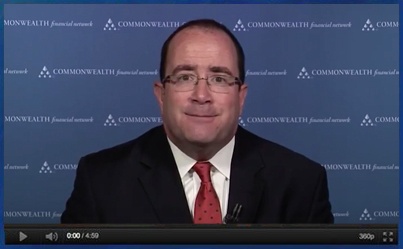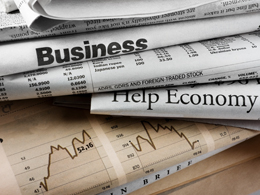Over the past couple of weeks, I’ve written about various headwinds the economy faces—among them, slow wage growth, a decline in consumer confidence, slow consumer spending growth, and declining business investment. All of these are real issues, and ones that have held the economy back over the past quarter.
At the same time, there’s been encouraging news this past week that suggests the slowdown, as last year, was temporary, and that faster growth is ahead.














